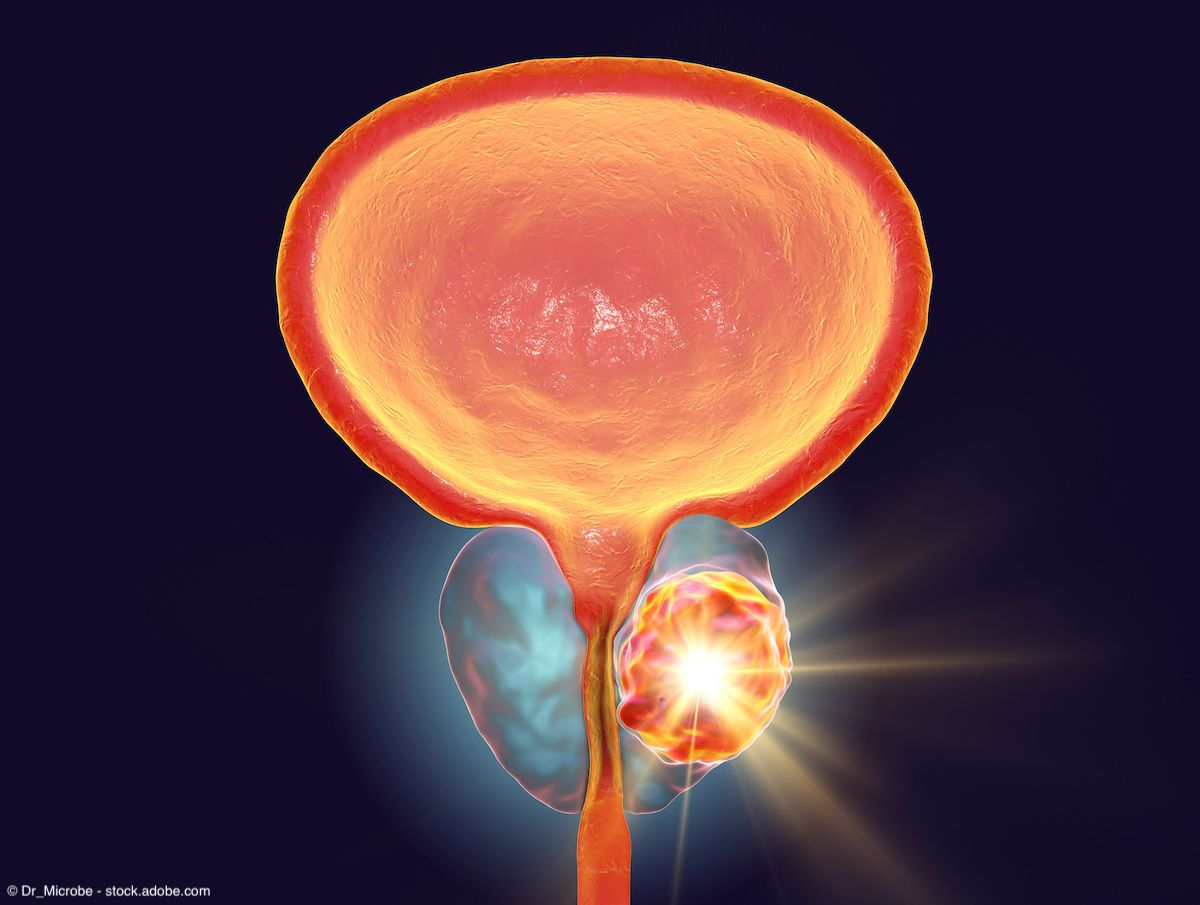Opinion
Video
Expert discusses extended preservation of the prostatic urethra
Author(s):
"By using our technique, and really preserving that urethral length really well, it seems to help those patients in particular to have better outcomes," David I. Lee, MD, FACS.
Video Player is loading.
In this video, David I. Lee, MD, FACS, discusses the AUA 2024 abstract, "Extended preservation of the prostatic urethra mitigates the disadvantage of innate short membranous urethral length." Lee is director of the UCI Health Comprehensive Prostate Cancer Program and professor of urology at the UCI School of Medicine.
Transcription:
Please provide an overview of the AUA 2024 abstract " Extended preservation of the prostatic urethra mitigates the disadvantage of innate short membranous urethral length."
In my large experience of doing robotic prostatectomies, we're always looking for new techniques or new surgical steps that we can do in order to improve our patients' outcomes, primarily those of cancer cure, continence and potency. And by preserving an extended amount of urethral length, I hope to improve the continence results for our patients. There's a balance, though, that needs to be struck because the more urethra that you save, the more potentially you could leave cancer behind by getting too close to the prostate. And so what we looked at was trying to rotate the prostate all the way around either way as we're doing the apical dissection in order to visualize the apex really well, but then to be able to preserve a longer and longer urethral length. That helps overall, but we looked at those patients who, on MRI, were seen to have a short urethral length, which was surrounded by the sphincter area. This seems to be a disadvantage for patients when they're undergoing prostatectomy, because that predisposes them to have a higher rate of incontinence afterwards. But by using our technique, and really preserving that urethral length really well, it seems to help those patients in particular to have better outcomes. And so, this is definitely something that all surgeons try to do to preserve urethral length. But this is a presentation that we did in order to demonstrate our technique to help our patients and then help other surgeons to replicate this to bring better outcomes for their patients.
This transcription was edited for clarity.
Related Videos
Neeraj Agarwal, MD, shares key takeaways from TALAPRO-2
Expert describes implications of neoadjuvant durvalumab approval in MIBC
Ian Metzler, MD, highlights recent advances in kidney stone technology
Ekene Enemchukwu, MD, on underutilization of vaginal estrogen for GSM
Sima Porten, MD, on gene-environment interactions in bladder cancer development
Naeem Bhojani, MD, expands on key findings from WATER III trial
Hailey Frye discusses improvement of pain management for nephrolithiasis
Ekene Enemchukwu, MD, on trends in vaginal estrogen use for GSM
How rBCG EAP could open up access for Anktiva in bladder cancer
Betty Wang, MD, recaps 3 key urologic cancer studies from EAU 2025
Related Content

















